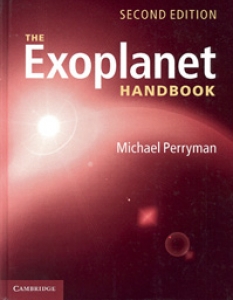Throughout most of the history of science fiction, it has been assumed that ours is not the only solar system and that planets with an unfathomable variety of lifeforms must exist elsewhere in the universe. In the late 20th century, this belief system was - at least to some extent - justified by the discovery of exoplanets.
As the introduction to this massive volume explains, the process of ‘discovery’ has been gradual from the first “suggestions of planetary mass bodies” in the late 1980s to the “first essentially unambiguous detection” in 1995. The difficulty in confirming the existence of planets so far away is evidenced by the cautious scientific language, but subsequent advances in a variety of measurement techniques have since provided “the tools for their detection in relatively large numbers”, says the author. In fact, as of end-2017, “more than 3500 confirmed planets were known, with some 600 multiple systems”. So, it’s starting to resemble what SF aficionados would recognise as the ‘Star Trek Universe’.
Although the author modestly refers to the book as “a review of the status of the field”, it is no pamphlet! In almost a thousand double-column pages, its 12 chapters cover the main detection techniques – such as Doppler shift, transit photometry and microlensing – and provide detail on topics such as host stars, evolution, interiors and atmospheres. There follow some 350 pages of appendices, references and indexes (by both subject and astronomical object). The very fact that there is so much to write about is an indication of how the subject has progressed in the past couple of decades.
The Exoplanet Handbook is no Hitchhikers Guide to the Galaxy, but it does make the latter seem a little less fictional than it did when it was published.











